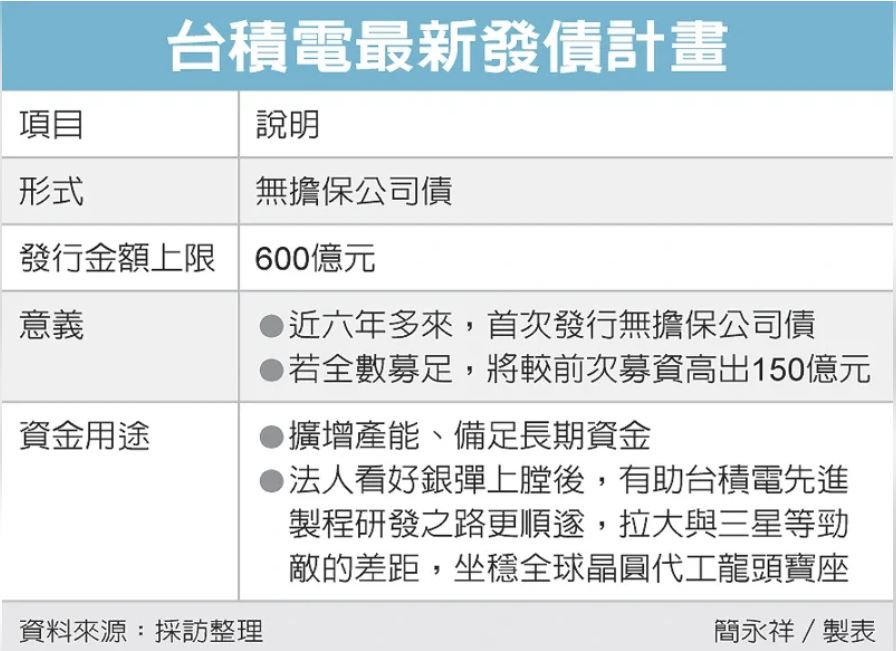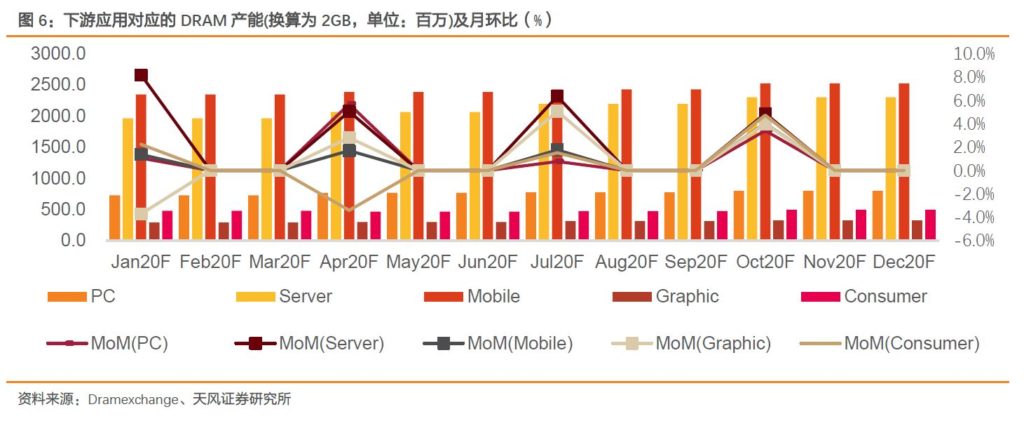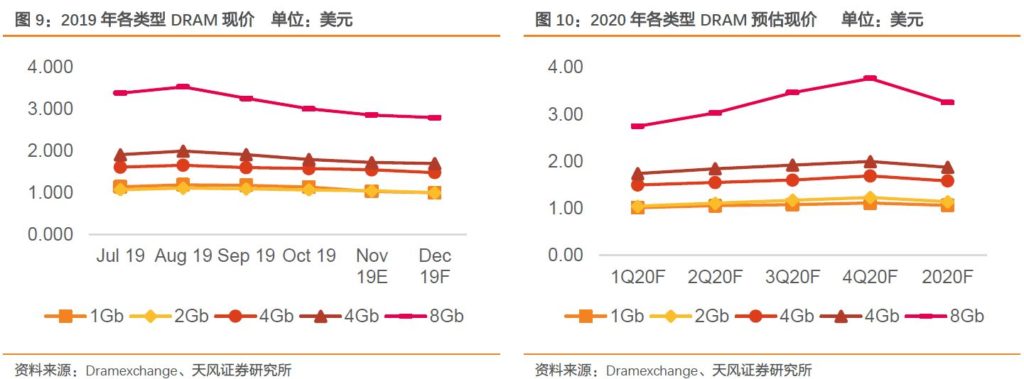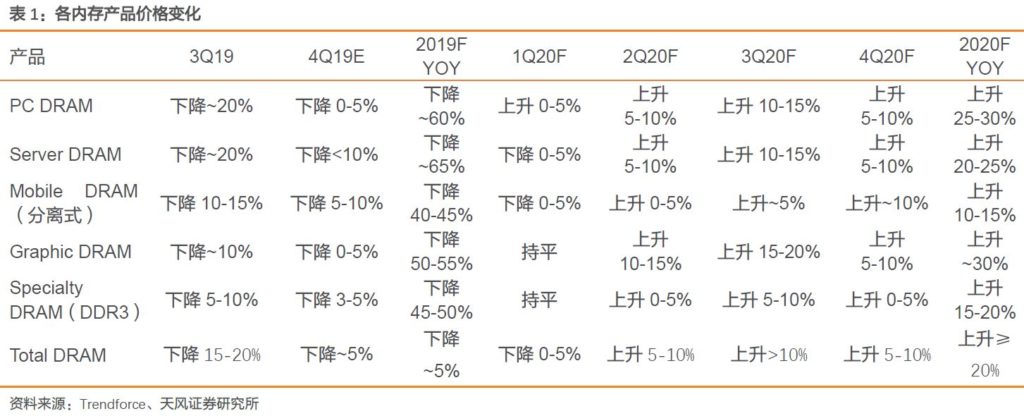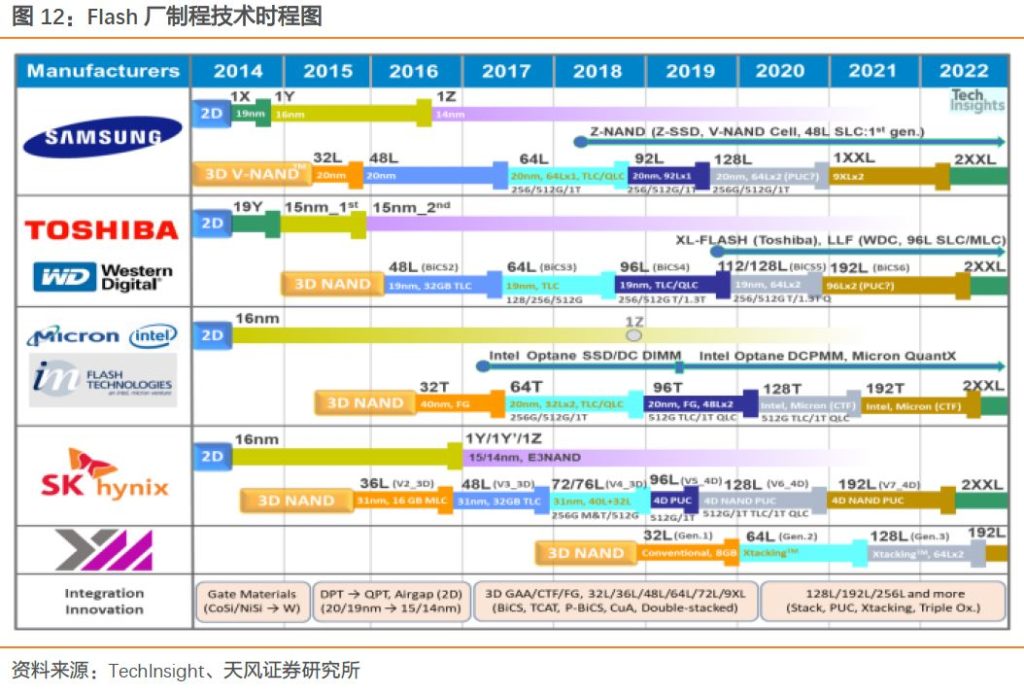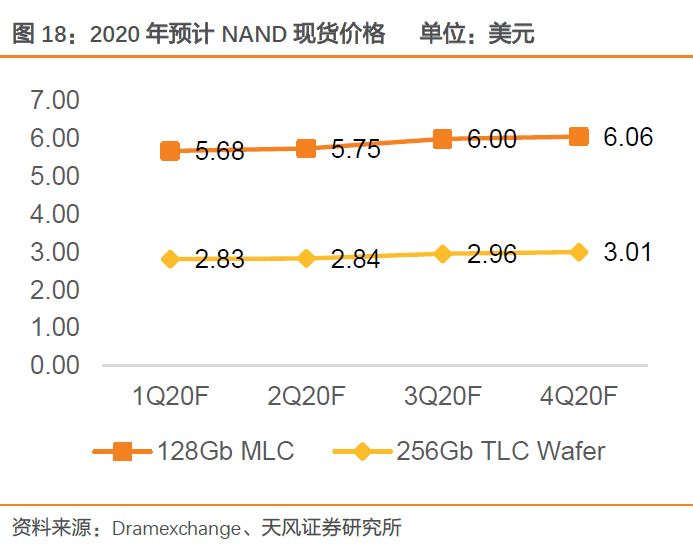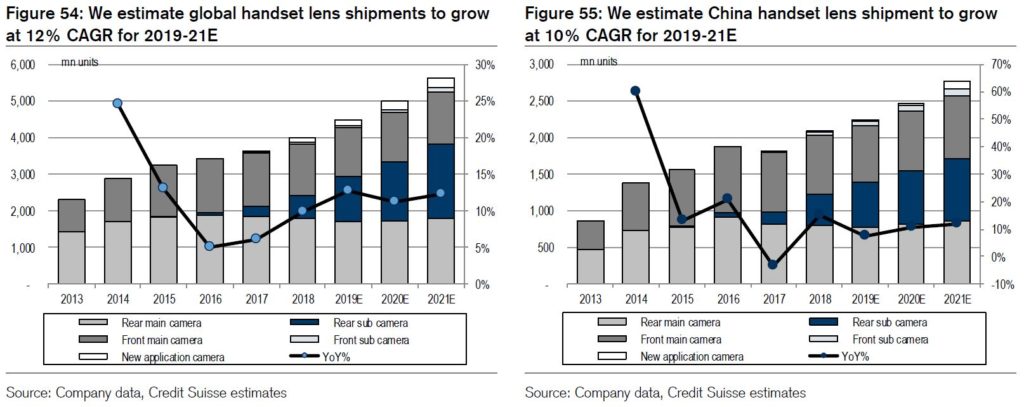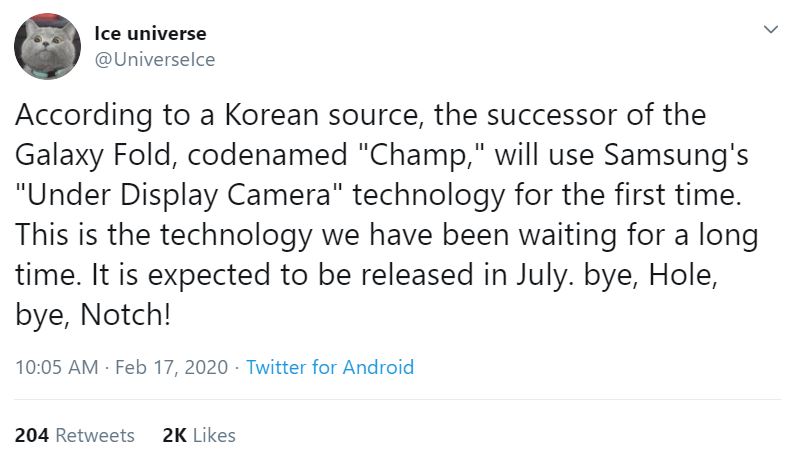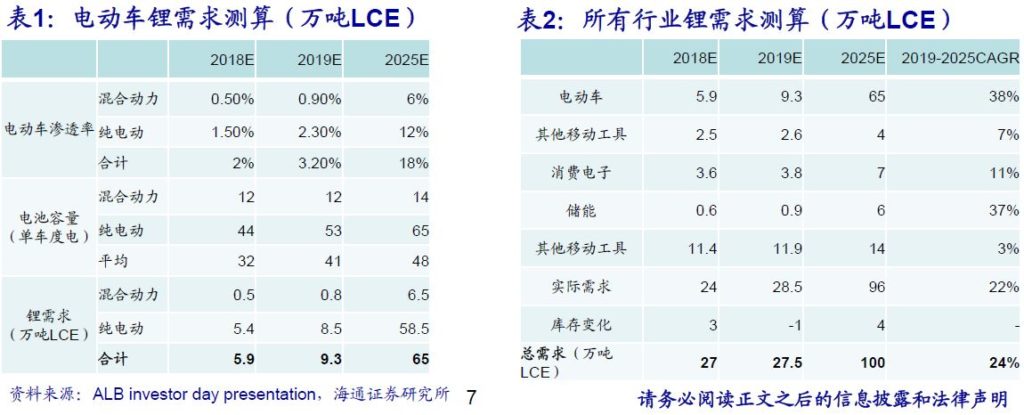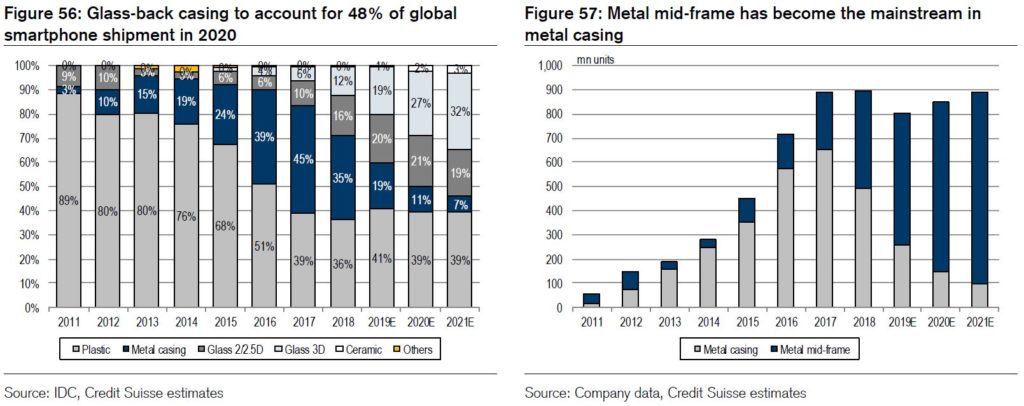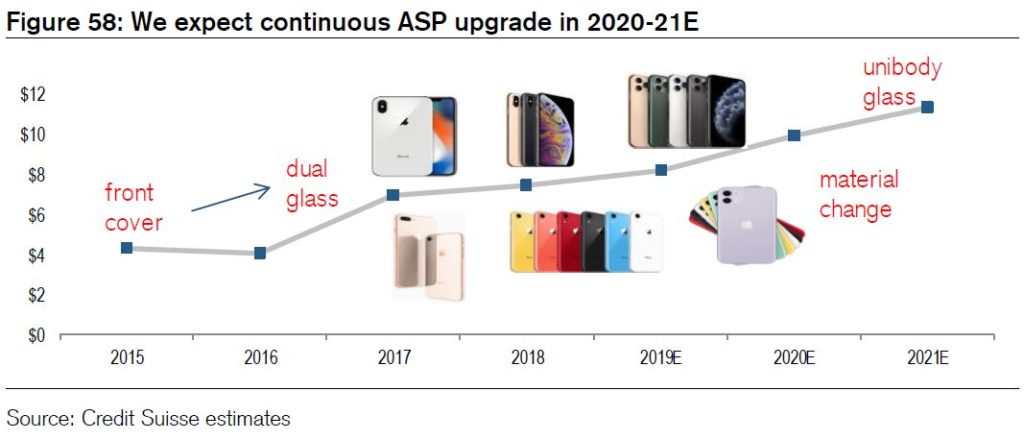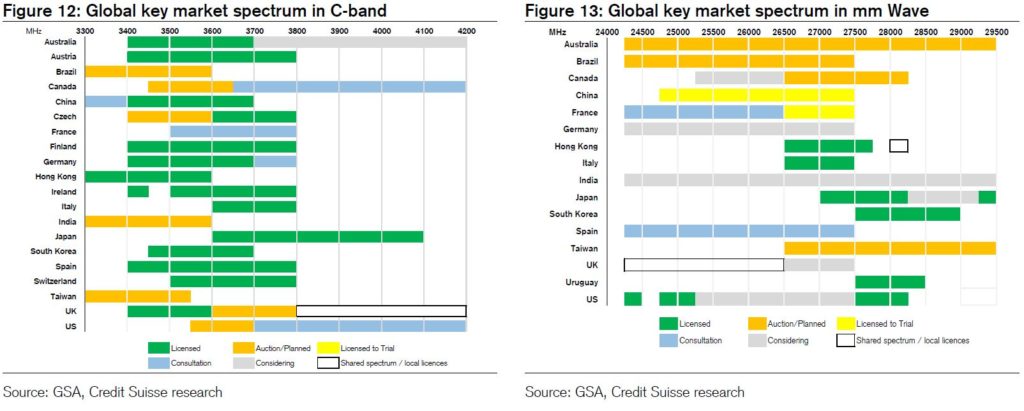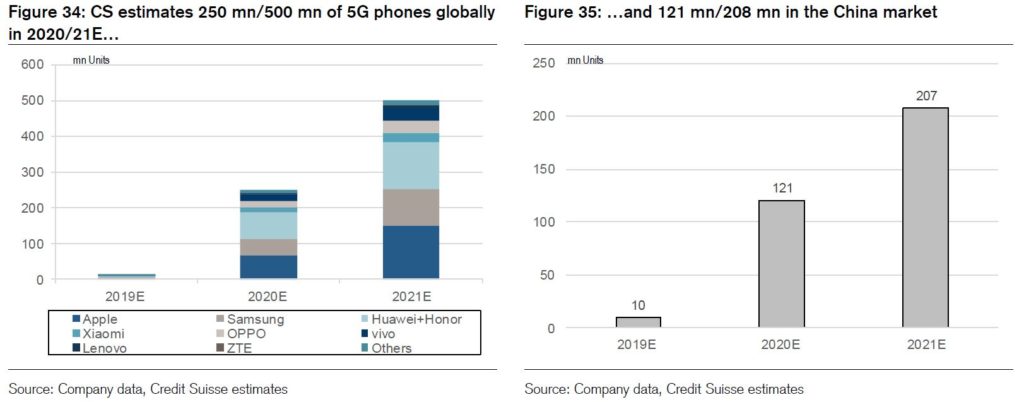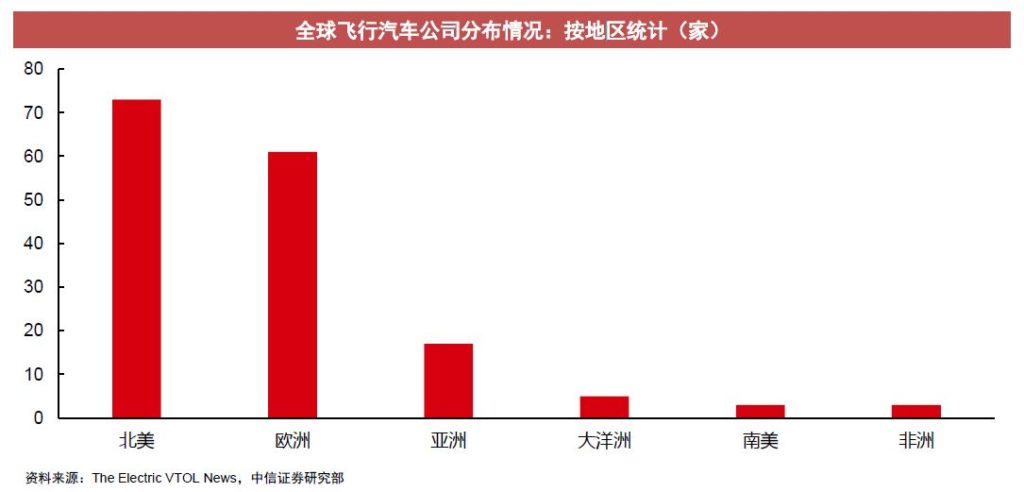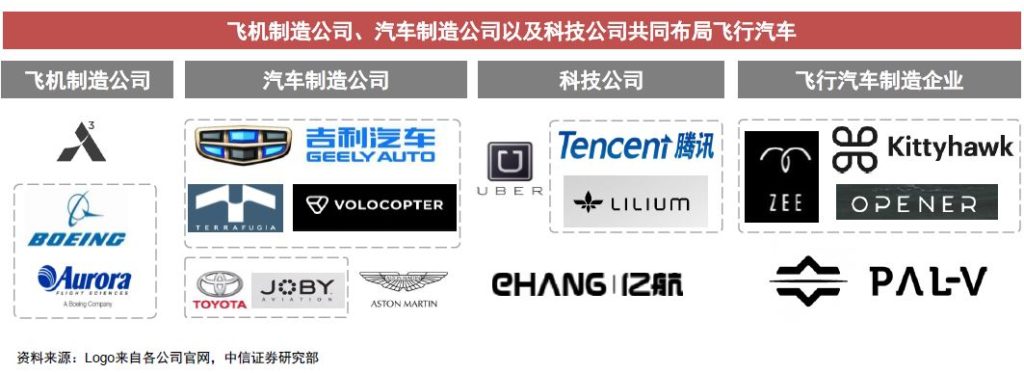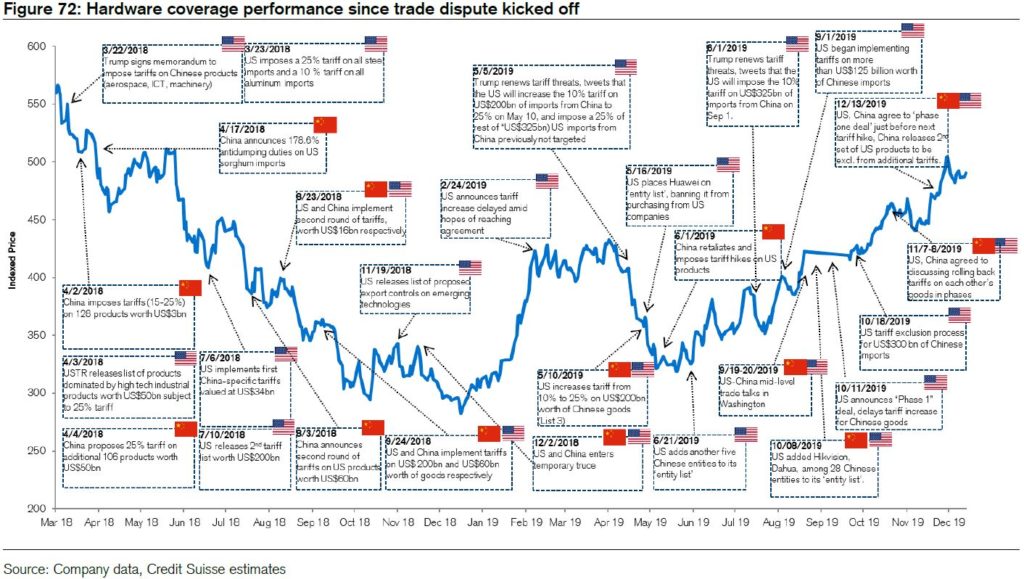
2-17: TSMC has approved a USD6.74B budget for expanding its factories; Xilinx has said it will cut 7% of its staff; etc.
Chipsets
Taiwan Semiconductor Manufacturing Company (TSMC) board of directors has approved a USD6.74B budget for expanding its factories. The cash injection will go into building and installing more fabs, increasing capacity, and research and development in 2Q20. The increase is largely the result of USD2.5B going into the company’s production of 5nm-process chips, and USD1.5B into its 7nm chips. (My Drivers, CN Beta, UDN, EXP Review, Tom’s Hardware, The Register)
Programmable device vendor Xilinx has said it will cut 7% of its staff in response to a difficult quarter’s trading and a weak outlook. Xilinx has approximately 4,000 employees worldwide. (CN Beta, EE Times, EE News)
Memory
From the supply side, DRAMeXchange predicts that the DRAM capacity corresponding to downstream applications in 2020 is as follows, and the capacity has not increased significantly. In addition to the differences in production capacity at the application side, the production capacity of different processes is also changing. The proportion of DRAM production capacity of advanced processes is getting higher. The production ratio of traditional production processes is shrinking. (TF Securities report)
According to TF Securities, from the perspective of supply-side capital expenditures, as new and very complex DRAM technology requires more fab equipment and more fab space to accommodate these equipment, the 3 main suppliers Samsung, SK Hynix, and Micron generally believe that DRAM bit capacity will grow at a rate of about 20% per year in the next few years. (TF Securities report)
According to TF Securities, based on the analysis of the supply and demand situation, as the three major suppliers’ inventory digestion and demand-side pulling power increase, the downward trend in DRAM prices has tightened. It is consistent with Trendforce’s forecast showing that DRAM prices will increase in 2020. (TF Securities report)
The last round of NAND price increases started in 3Q16. The years 2016-2017 is the year of process conversion of NAND Flash. The original Flash factory shifted from 2D NAND to 3D NAND. In the process of conversion, insufficient output supply due to ramp-up in production capacity and yield increase triggers tight supply and triggers price increases. (TF Securities report)
According to TrendForce’s forecast in 3Q19, the decline in NAND spot prices has continued to tighten, and prices are expected to increase in 2020. NAND Flash prices continue to rise in price for three main reasons. One is because of the development of 5G networks, accelerating the rapid growth of data centers; second, the mobile phone market divides the supply; third, the original factory is expanding the PC OEM market layout. (TF Securities report)
Camera
Credit Suisse estimates 12% CAGR for global handset lens shipment in 2019-2021 driven by the multi-cam cycle. They anticipate 20MP+ camera to account for 17% / 26% / 32% of total smartphone camera shipment (rear camera) in 2019 / 2020 / 2021, in which Android smartphones lead the upgrade. Triple+ cam already accounted for 32% of Android smartphones in 3Q19, while 20MP+ cameras also accounted for 30% of Android smartphones. (Credit Suisse report)
The next generation of Samsung Galaxy Fold is reportedly coded “Champ”, which will adopt the under-screen camera technology for the first time, and will be released at the latest in Jul 2020. Unlike the Galaxy Z Flip, which is mainly produced in Vietnam, all production of Champ is performed at the Gumi Plant in Gyeongbuk, South Korea. The price is expected to be the same as that of the Fold. (CN Beta, Gizmo China, Twitter)
According to TF Securities analyst Ming-chi Kuo, as Apple’s new iPhone SE2 to be released in 1H20 does not use 7P lenses, it will not help the 7P lens shipment momentum. As for Android, as the demand for Chinese vendors has been affected by the epidemic, 7P lens orders were downcast by 20% -25% at 1Q20, and the gross profit margin of 7P is about 70%, which is believed would impact Largan Precision’s 1Q20 profit. (CN Beta, TF Securities, My Drivers)
Battery
US-based Albemarle, a global specialty chemicals company with leading positions in lithium, bromine, refining catalysts and applied surface treatments, has made two key assumptions: 1. Global car sales in 2025 will increase 15% compared to 2019; and 2. The penetration rate of electric vehicles is 18%. Albemarle estimates that the demand for electric vehicles will be 650K tons of lithium carbonate equivalent (LCE) in 2025, with a CAGR of 38% in 2019-2025. At the same time, the global lithium salt demand in 2025 will be 1M tons of LCE, with a CAGR 24% in 2019-2025. (Haitong Securities report)
Material
Credit Suisse sees the 5G replacement cycle as a major driver for casing demands, and expects glass casing + metal mid-frame to become the mainstream for 5G cycle due to (1) thinner and harder design, (2) better heat dissipation performance than plastic, (3) consideration of 5G RF signal reception. The plastic casing + plastic mid-frame combination is more for the lower-end models. Credit Suisse estimates glass-back casing to account for 48% of global smartphone shipment in 2020 while plastic should be 39% and metal 11% in 2020. Metal will serve as the mid-frame to support the glass-back design. (Credit Suisse report)
Metal mid-frame ASP ranges from USD10-15, with USD15 more for the high-end flagship models. Glass rear casing can be both 2.5 and 3D, but rear casing is slightly more expensive than the front cover. Glass casing ASP has trended down YoY in 2019, with high / mid-end down to USD9-10 / USD6-7 from USD10-15 in 2018. For 2.5D-glass, its ASP is only 1/3 or 1/2 that of 3D glass in 2019, due to stronger competition from lower-entry barriers. As 2.5D glass has to be equipped with a metal frame, which alone can cost USD8-10, the mid- to low-end models are more likely to be equipped with plastic casing/mid-frame (c.USD5 for plastic mid-frame) instead of adopting 2.5D glass casing. (Credit Suisse report)
Connectivity
5G services continued to be launched in various parts of the world throughout 2019, with China commercially launching its services on 1 Nov 2019, and a few more countries in Europe joining the list of countries that offer 5G coverage. In countries such as Korea and the US, where services were launched earlier in 2019 (Apr), coverage across cities has expanded with a forecasted rapid acceleration in 2020. Amongst major countries, Japan is set to launch its 5G services commercially in 1H20, before the Olympics. Several other countries should join the list of countries offering 5G services in 2020. (Credit Suisse report)
Phone
Credit Suisse forecasts global smartphone shipments to grow by 3% in 2020 after a 3% decline in 2019. The 5G smartphone shipments are likely to be 250M / 500M units in 2020 / 2021E, 121M / 208M to ship in China (48% / 42% of total shipment). (Credit Suisse report)
Credit Suisse analysis: Huawei targets 80M-100M of smartphone shipments in 2020 depending on the sell-through in 2H20. Major models that will support 5G include P, Mate series as well as flagship models of Honor and nova series. Xiaomi targets 5G models at ≥CNY2,000, but Redmi K30 5G has been priced as low as CNY1,999. The Mi series, CC, Redmi Note and K series would have the 5G spec. OPPO believes that 5G demand will come up only in 2H20. vivo has started with Nex and iQOO for 5G. Credit Suisse expects 5G smartphones of CNY1,000- 1,500 to ship in 2H20. (Credit Suisse report)
Google has announced that 98% of Android applications that spy on users’ calls and texts are banned from the Play Store in 2019. Google says that the 2% of applications still available on the store cannot function properly without having access to call and SMS data. (Google, Phandroid, GizChina)
According to TF Securities analyst Ming-Chi Kuo, Samsung has shipped about 36M-38M units of Galaxy S10 series in 2019. Although S20 has many hardware upgrades, it does not provide significant user experience innovation. The volume is expected to drop 10%-20% to 30M-32M units. Samsung will allegedly increase the share of low-end products in order to pursue the growth of shipment, and this change in product portfolio is not good for high-end lens leading supplier Largan Precision. (CN Beta, TF Securities)
Automotive
According to CITIC Securities, as of now, there are more than 160 flying car companies in the world, mainly concentrated in the United States and Europe. It is expected that by 2040, the global urban air traffic industry will reach a scale of USD1.5T. (CITIC Securities report)
The main competitors of flying cars are: aircraft manufacturers, car manufacturers, technology companies, flying car manufacturers. (CITIC Securities report)
Economy
On 13 Dec 2019 night, Beijing Time, the US and China announced that they have reached a Phase 1 partial trade deal, with the US agreeing not to proceed with USD160B worth of consumer goods: (1) no new tariffs as long as China negotiates in good faith, accordingly China will take no retaliatory actions; (2) 15% tariffs on USD120B Chinese products will be halved to 7.5% from 15%; (3) China will purchase USD50B US agricultural products; (4) China states the US would scrap the added tariffs in phases but the US did not confirm it. It will take effect 30 days after the agreement is signed. There is no tariff rolling back, only partial tariff reduction, and the agricultural product purchase is no surprise. (Credit Suisse report)
